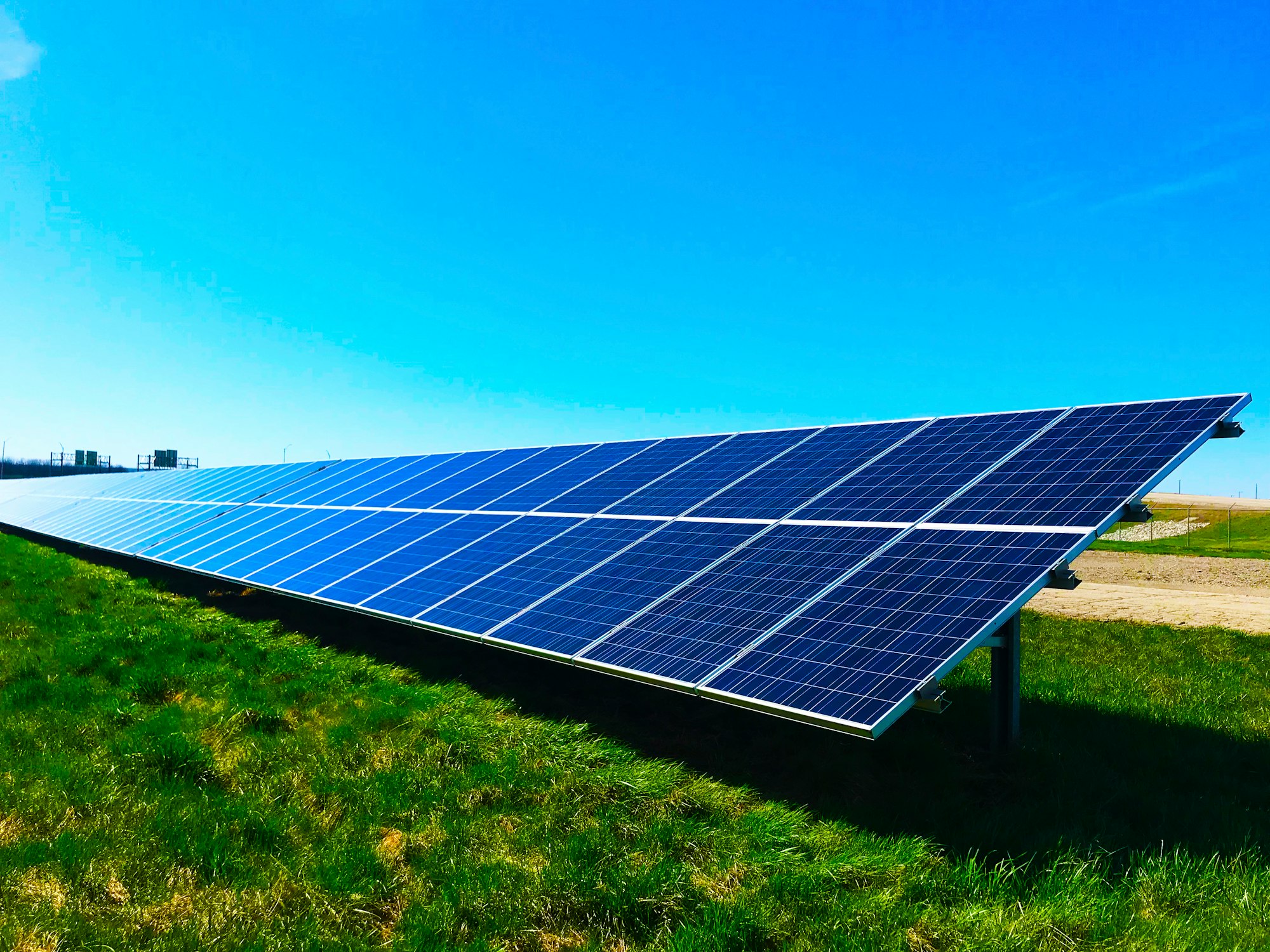Last year reports suggested that the solar energy revolution was put into doubt by surging polysilicon costs, but now the price is falling.
The cycle — it goes around and around. Yet whenever it is in an up-wave, you get a plethora of reports suggesting doom, as if they expect the cycle to get stuck in the up position.
Take polysilicon. Last year the cost surged — and a myriad of reports suggested that the solar panel revolution was in jeopardy.
But the last few weeks have seen the cost tumble — as of January 4th 2023, the price was down 54 per cent since August 2022.
An important factor which lies behind the falling cost of polysilicon gets overlooked time and time again. And the factor concerns how elasticity of supply and demand changes over time.
Why higher demand doesn’t necessarily mean higher prices
Eventually, with many commodities, a surge in demand doesn’t lead to a higher price. Such a statement seems to turn economic theory upside down, but there is a simple reason explained by economic theory — it is down to the elasticity of supply.
In the short run, the supply of commodities like oil, gas, lithium and polysilicon is price elastic. This means that a sudden surge in demand leads to a surge in price. But in the long run, the supply is inelastic. Producers react to a rise in demand by investing in alternative sources of supply, it takes time to re-adjust, but supply does re-adjust, eventually.

This is one of the reasons why we have business cycles.
Another factor is at play, too — elasticity of demand. In the short run, demand is barely affected if the price of an essential commodity like oil increases. But in the longer term, we re-adjust, we might buy a more fuel-efficient car or insulate our loft. It takes time, of course — in the short run, oil demand is price inelastic. In the long run, it price is elastic.
For the commodity cycle, the interaction of short and long-run elasticity of supply and demand is almost everything.
The devil, they say, is in the detail, but sometimes, considering the half-truths that permeate the anti-renewables agenda, it is tempting to suspect a devilish plot.
It is why the peak oil theorist of the 1970s kept being proven wrong. Every time the oil price went high, the theory known as peak oil (which tied in with the idea we were running out of oil) became popular until the cycle turned and the price crashed.
With solar, there is added nuance — because, over time, the amount of polysilicon used per watt of solar tends to reduce. Between 2012 and 2021, the volume of polysilicon per unit of a solar panel fell by 70 per cent.
There is a further, more important point. Solar panels are becoming more efficient at creating electricity per unit of raw materials. Between 2004 and 2011, the amount of polysilicon per watt of solar cell fell 87 per cent, finds a report from Fraunhofer ISE. It turns that the amount of polysilicon required per watt of solar cell fell from 16 to two grams. Bear that in mind, the next time someone cites the cost of polysilicon as a reason to gainsay solar. The devil, they say, is in the detail, but sometimes, considering the half-truths that permeate the anti-renewables agenda, it is tempting to suspect a devilish plot.
The cognitive gap
But when things get odd, supporters of fossil fuels who fully understand how the oil cycle operates claim that the renewable revolution is over because of rising costs.
Pragmatic oil experts who look on with cynicism whenever someone exclaims ‘peak oil’ become like excited children and scream ‘peak solar’ or ‘peak polysilicon’ at the moment the cycle in these commodities turns. It is like there is a cognitive gap, and they forget to apply hard-learned lessons in one industry elsewhere.
The death of renewables is greatly exaggerated
If Mark Twain was alive today and worked as an analyst in polysilicon, solar, rare earth minerals or indeed renewables in general, he might well have said: “claims of its death are greatly exaggerated.”






Related News
Saving money and the planet— not a bad brace.
Jan 15, 2024
Tech bubble! Are you kidding?
Jan 06, 2023
The case against nuclear power has just got stronger
Mar 08, 2022